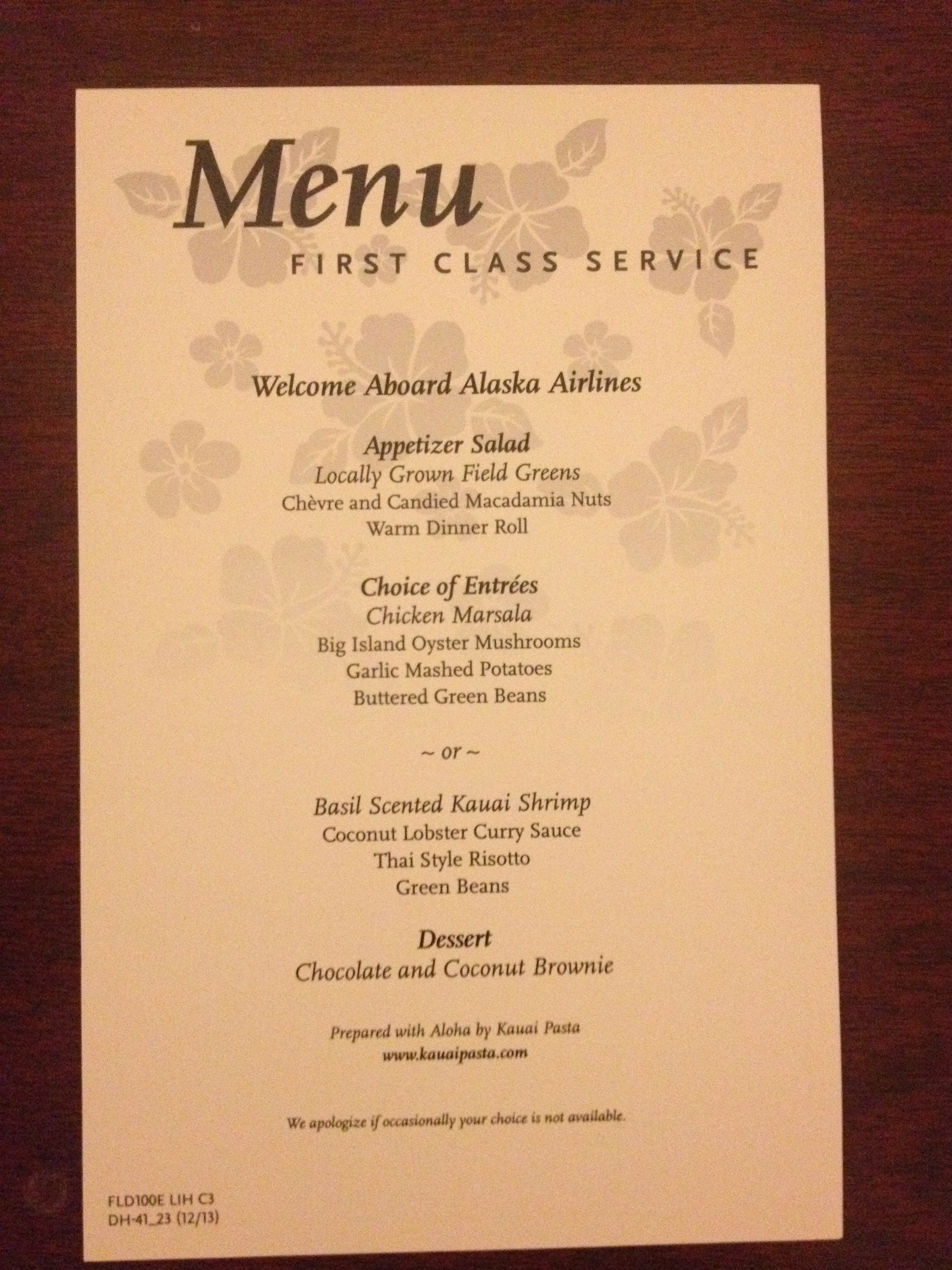How to follow my #milemadness
/As I posted last week, for the month of March I'm participating in a good-natured competition with a number of miles and points bloggers to see who can manufacture the most spend. The competition privileges speed, since we’re competing within a specific time limit and with a limited “bankroll" of $5,000: every dollar we manufacture has to be liquidated before it can be spent again. Obviously that’s a slightly different game than the one we normally play, where floating money from month to month is one of the many perks of manufacturing spend. But it creates a level playing field where we can show off all our nimblest tricks for pushing as much money as possible through our most lucrative credit cards.
During the competition I’ll be posting here on the blog as usual, but I’ll post one additional update per week, when the competition's judge, Frequent Miler, has tallied up the previous week’s results, linking to his official tally and giving my commentary on the state of play.
However, if you’re interested in seeing my day-to-day progress, you should follow me on Twitter, where my handle is @FreequentFlyr. Each day on Twitter, in addition to my running commentary, I’ll also post a single tweet summarizing my day’s activities, in the following format:
If it's not obvious, "BOD Bankroll" refers to the amount of money left in my bankroll at the beginning of the day. Today’s was $5,000 since today is the first day of the competition. “Spend” of course refers to the amount of manufactured spend I put on my credit cards, including any fees I incurred. "EOD Bankroll" is the amount left in my bankroll at the end of the day after subtracting the day’s manufactured spend. “Unloaded” is the amount of spend I’ve liquidated, which will be available in my bankroll at the beginning of the next day. And “Tomorrow’s bankroll” is the total amount I’ll have available to spend the next day.
This isn’t an official score, which will be calculated by Frequent Miler at the end of each week and at the end of the competition. Rather, it’s a running, unofficial score so you can follow my progress more closely (if you want). Hopefully some of the other competitors will adopt a similar format so you can easily see the state of play on a daily basis.
Let the games begin!








